Corvette: Year by Year
1953 1954 1955 1956 1957 1958 1959 1960 1961 1962 1963 19641965 1966 1967 1968 1969 1970 1971 1972 1973 1974 1975 1976
1977 1978 1979 1980 1981 1982 1983 1984 1985 1986 1987 1988
1989 1990 1991 1992 1993 1994 1995 1996 1997 1998 1999 2000
2001 2002 2003 2004 2005 2006 2007 2008 2009 2010 2011 2012
2013 2014 2015 2016 2017 2018 2019 2020 2021 2022 2023 2024
C7 Corvette Chassis
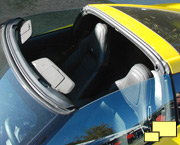 For 2014 the C7 is an open car since the coupe was equipped with a Targa roof (right). The chassis is all aluminum and offers significant improvements which included lower weight (99 lbs less is claimed) and 57% more torsional rigidity. It is composed of 10 castings, 38 extrusions, 76 stampings and three hydroformed parts. The total weight is 170 kg (374 lbs.). The wheelbase is approximately one inch longer and the front and rear tracks about an inch wider when compared to the C6. The C7 frame rails are composed of five aluminum segments.
For 2014 the C7 is an open car since the coupe was equipped with a Targa roof (right). The chassis is all aluminum and offers significant improvements which included lower weight (99 lbs less is claimed) and 57% more torsional rigidity. It is composed of 10 castings, 38 extrusions, 76 stampings and three hydroformed parts. The total weight is 170 kg (374 lbs.). The wheelbase is approximately one inch longer and the front and rear tracks about an inch wider when compared to the C6. The C7 frame rails are composed of five aluminum segments.
Also on the C7 chassis resume:
- 354 spot-welds using a GM-patented process that uses a unique electrode designed specifically for aluminum
- 188 Flowdrill-machined fasteners, which are installed by a high-speed drill that extrudes the frame material to create a strong, integral collar that is tapped for bolt-on fasteners
- 113 feet of structural adhesives, used in conjunction with welding and fasteners to increase overall frame stiffness
- 37 feet of laser welds, which join frame sections via a precise beam of high energy that minimizes heat beyond the weld area for improved structural accuracy.
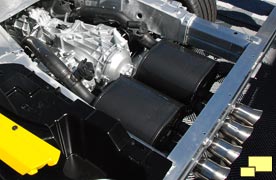 Overhead view of the C7 chassis shows that the torque tube (first seen on the C4 Corvette), which mechanically couples the transaxle, continues. Also, and perhaps more importantly, the transaxle (right), is located at and in front of the rear axle. First seen on the C5 in 1997, the layout results in a near perfect 50 - 50 weight distribution.
Overhead view of the C7 chassis shows that the torque tube (first seen on the C4 Corvette), which mechanically couples the transaxle, continues. Also, and perhaps more importantly, the transaxle (right), is located at and in front of the rear axle. First seen on the C5 in 1997, the layout results in a near perfect 50 - 50 weight distribution.
Both the front and rear suspension cradles are hollow aluminum, enabling a 25% weight reduction and 20% improved stiffness over the solid steel C6 cradles.
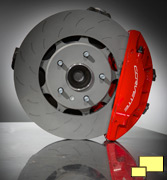 Brembo brakes are standard on even the base model C7. The front features 12.6 inch rotors while the rear are larger at 13.3 inches. This adds up to 35% more swept area than could be found on the C6; stopping distance is claimed to have been improved by 9%. All C7 Corvettes have four piston calipers, front and rear.
Brembo brakes are standard on even the base model C7. The front features 12.6 inch rotors while the rear are larger at 13.3 inches. This adds up to 35% more swept area than could be found on the C6; stopping distance is claimed to have been improved by 9%. All C7 Corvettes have four piston calipers, front and rear.
The J55 Performance Brakes (included in the Z51 Performance Package option) option gets 13.6 inch front and 13.3 inch rear rotors, both slotted with dual cast rotors. This represents a 6% improvement in the swept area and a 5% stopping distance improvement over the previous generation Grand Sport models.
Add Comment
This policy contains information about your privacy. By posting, you are declaring that you understand this policy:
- Your name, rating, website address, town, country, state and comment will be publicly displayed if entered.
- Aside from the data entered into these form fields, other stored data about your comment will include:
- Your IP address (not displayed)
- The time/date of your submission (displayed)
- Your email address will not be shared. It is collected for only two reasons:
- Administrative purposes, should a need to contact you arise.
- To inform you of new comments, should you subscribe to receive notifications.
- A cookie may be set on your computer. This is used to remember your inputs. It will expire by itself.
This policy is subject to change at any time and without notice.
These terms and conditions contain rules about posting comments. By submitting a comment, you are declaring that you agree with these rules:
- Although the administrator will attempt to moderate comments, it is impossible for every comment to have been moderated at any given time.
- You acknowledge that all comments express the views and opinions of the original author and not those of the administrator.
- You agree not to post any material which is knowingly false, obscene, hateful, threatening, harassing or invasive of a person's privacy.
- The administrator has the right to edit, move or remove any comment for any reason and without notice.
Failure to comply with these rules may result in being banned from submitting further comments.
These terms and conditions are subject to change at any time and without notice.







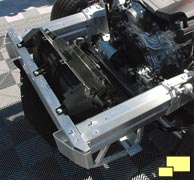

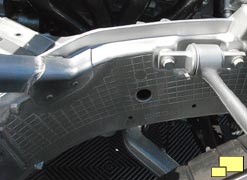
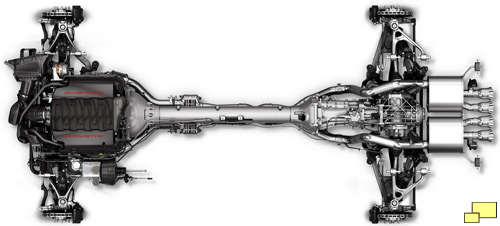


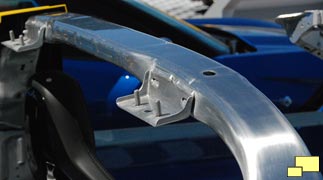

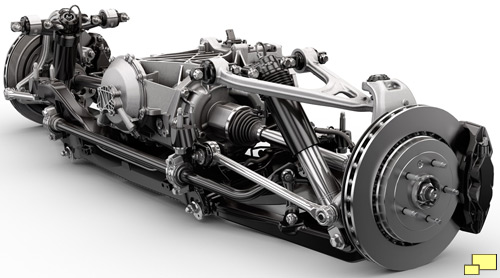
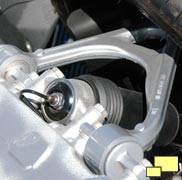

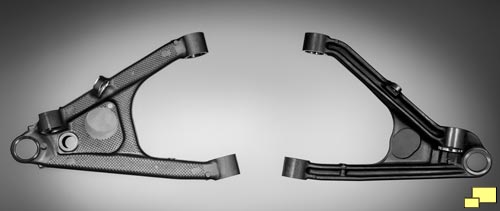


Comments